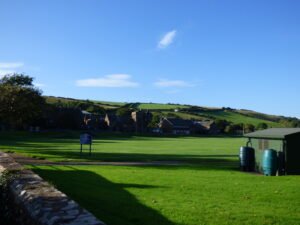Fieldwalking is one of the simplest and most accessible forms of archaeological survey. It involves systematically walking over a landscape, searching for surface artifacts—such as pottery, stone tools, and animal bones—that may have been left behind by past human activity. This activity can offer valuable insights into ancient settlements, trade routes, and other key elements of the past.
Period: Unknown
Jan 23
Guide – Photography: Image Manipulation
Photography is an essential tool in archaeology, not only for documenting finds but also for interpreting and preserving evidence. However, images often require some level of post-processing to enhance clarity, correct lighting issues, or reveal details that may not be immediately visible. Image manipulation software plays a crucial role in this process, allowing archaeologists to adjust images while maintaining the integrity of the data.
Jan 23
Guide: Landscape Archaeology: The Geology of Thornborough
The Thornborough Henges are located within a distinctive and complex landscape that has been shaped over millennia by a combination of glacial forces, river systems, and post-glacial climatic changes. The landscape of Thornborough is defined by its geological foundations and the dynamic processes that transformed the area long before human presence.
Jan 22
Guide – What is Landscape Archaeology?
Landscape archaeology is the study of past human interaction with the natural environment. It focuses on understanding how ancient societies perceived, organized, and shaped the land they inhabited, revealing the relationships between people, their settlements, and the broader landscape in which they lived.












